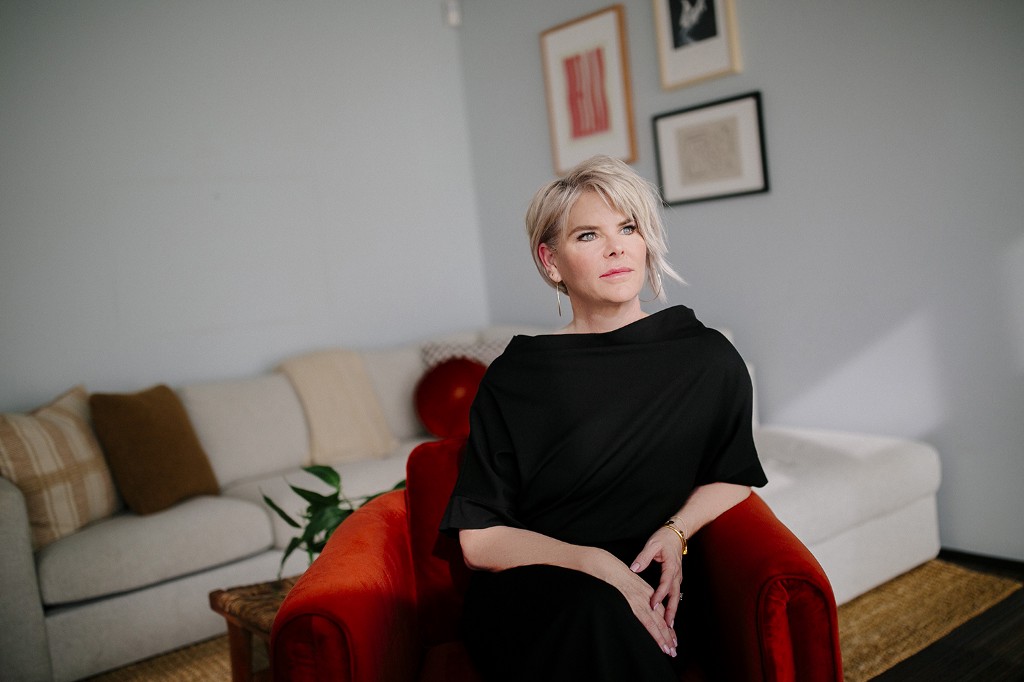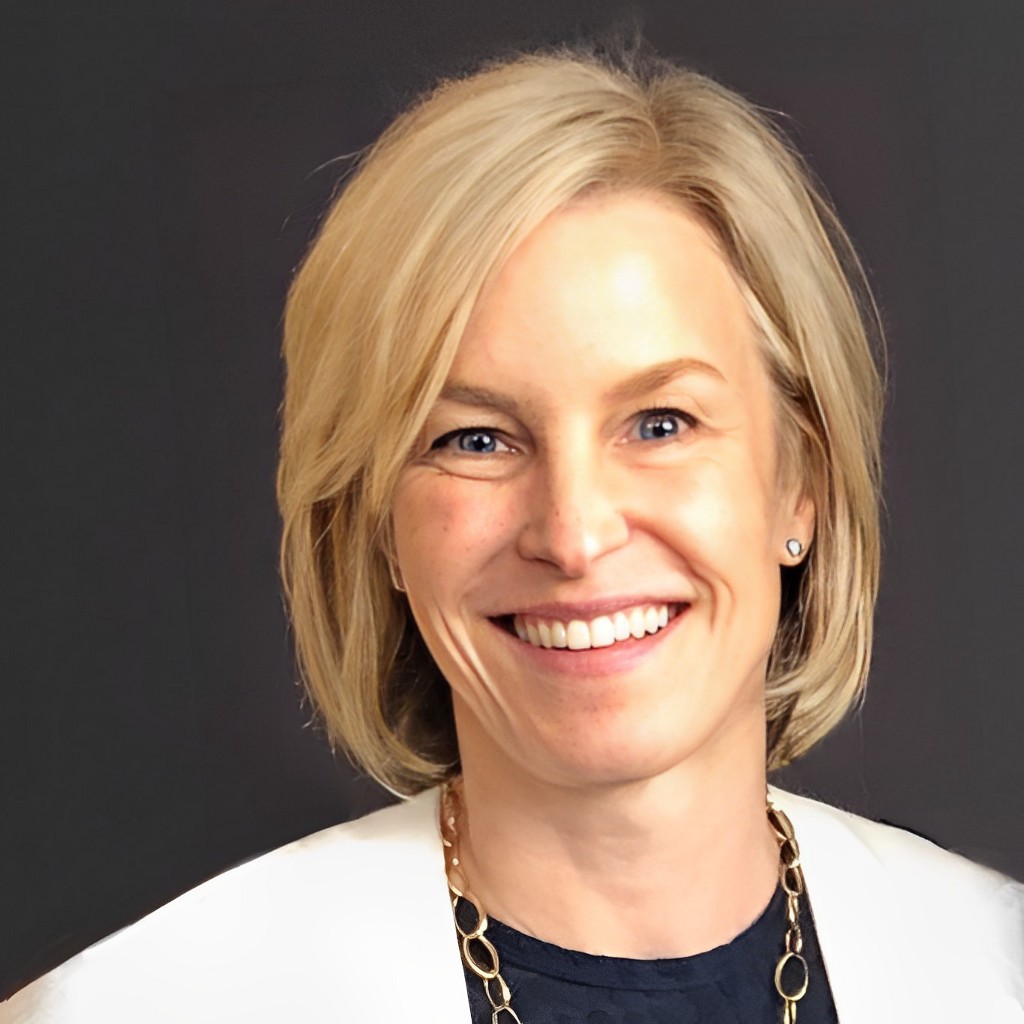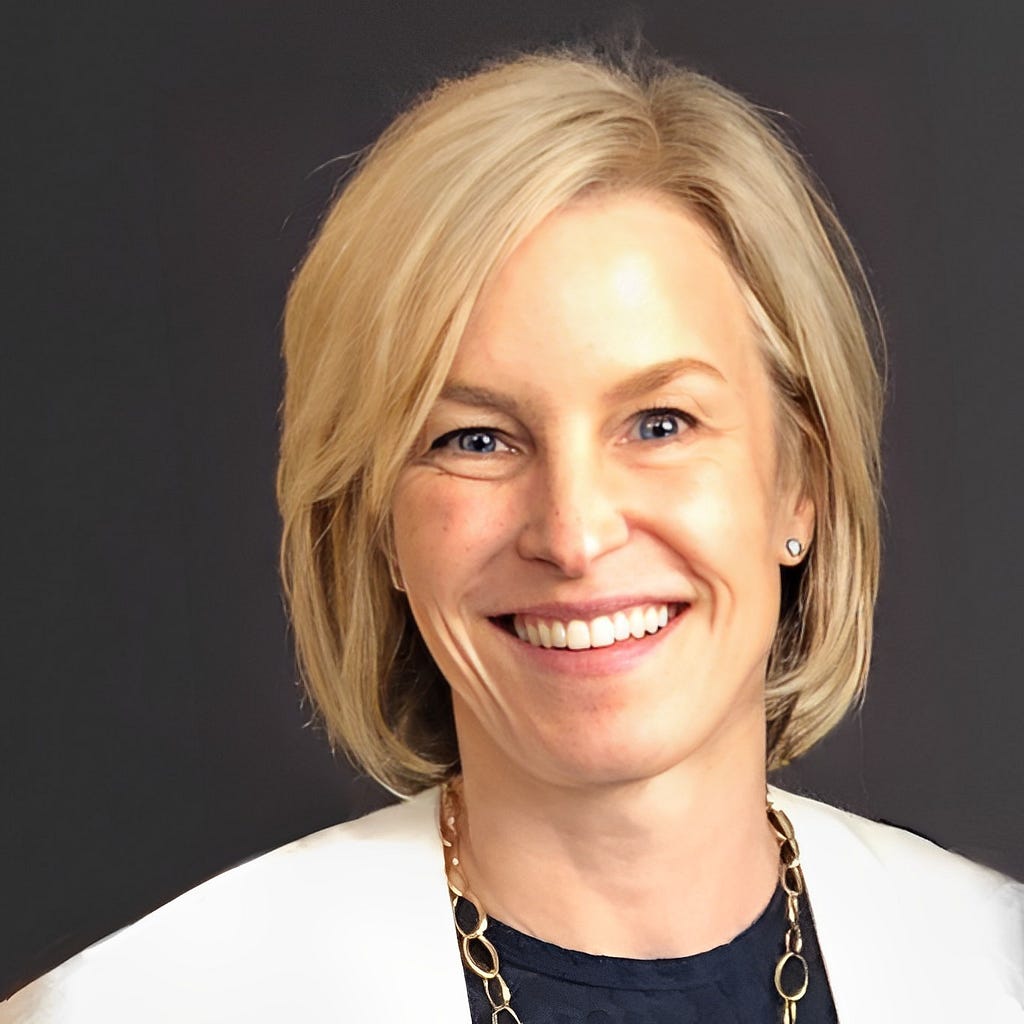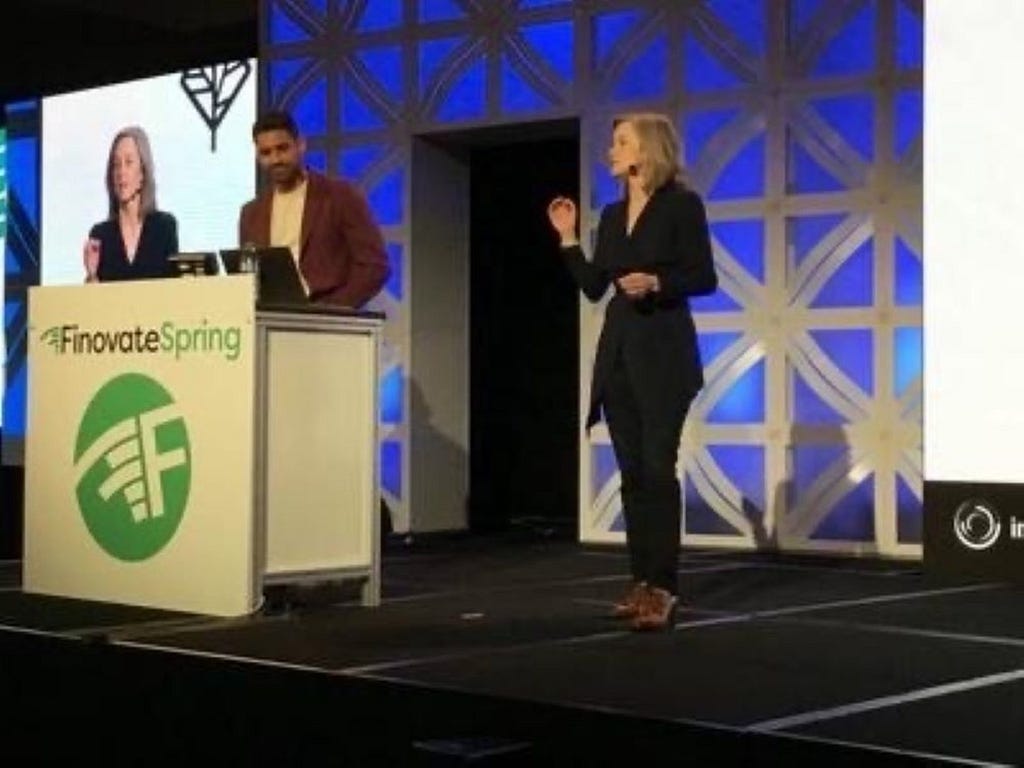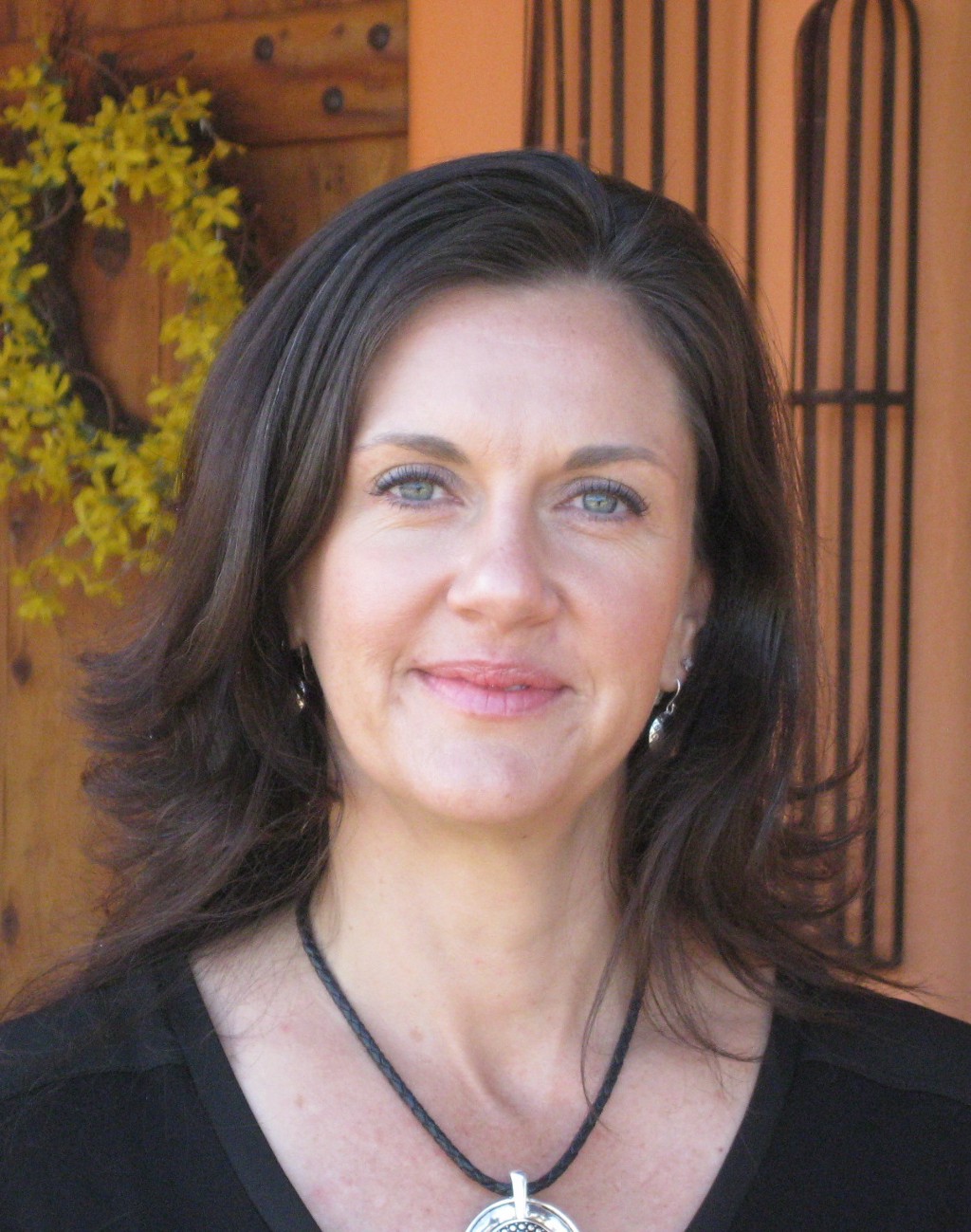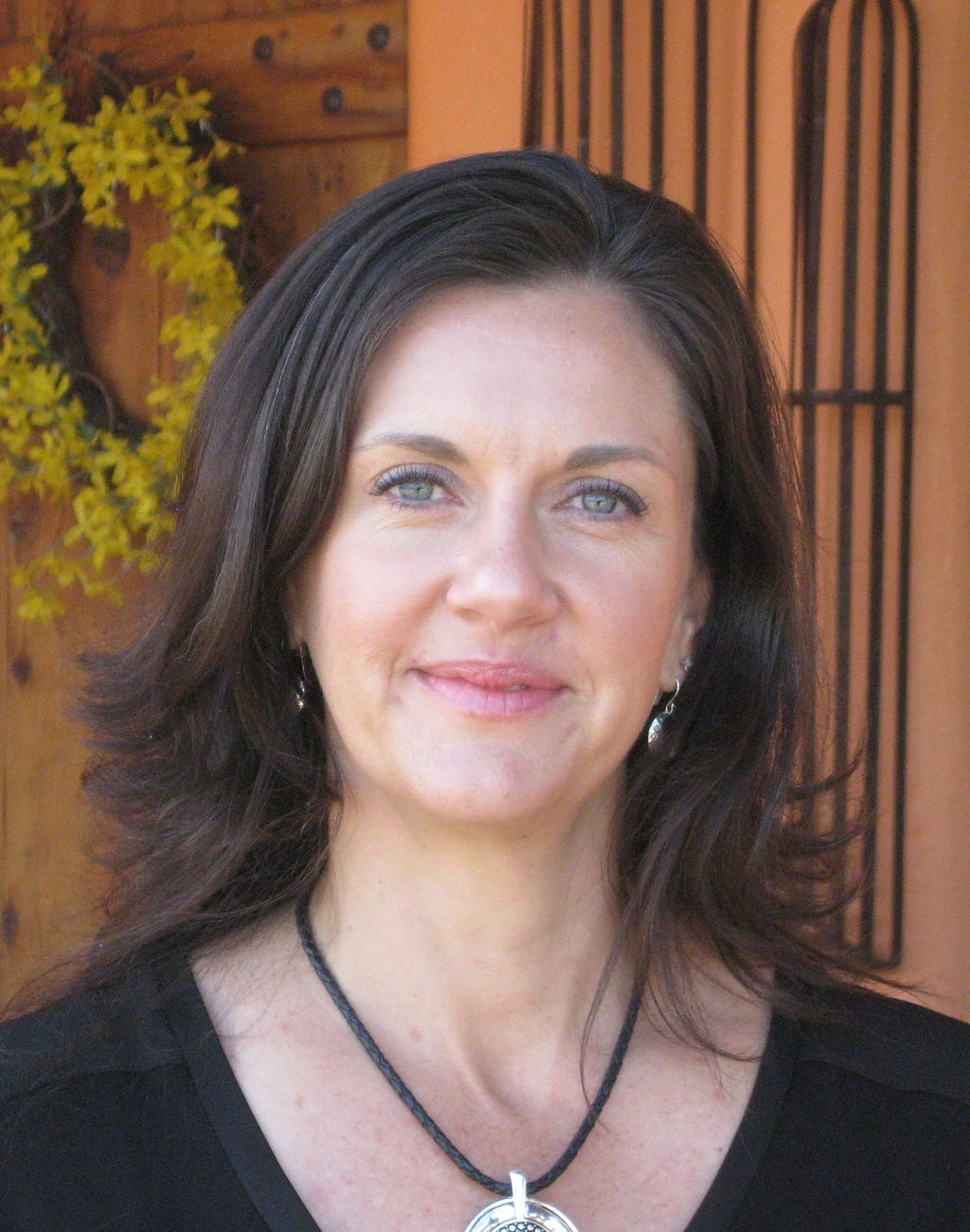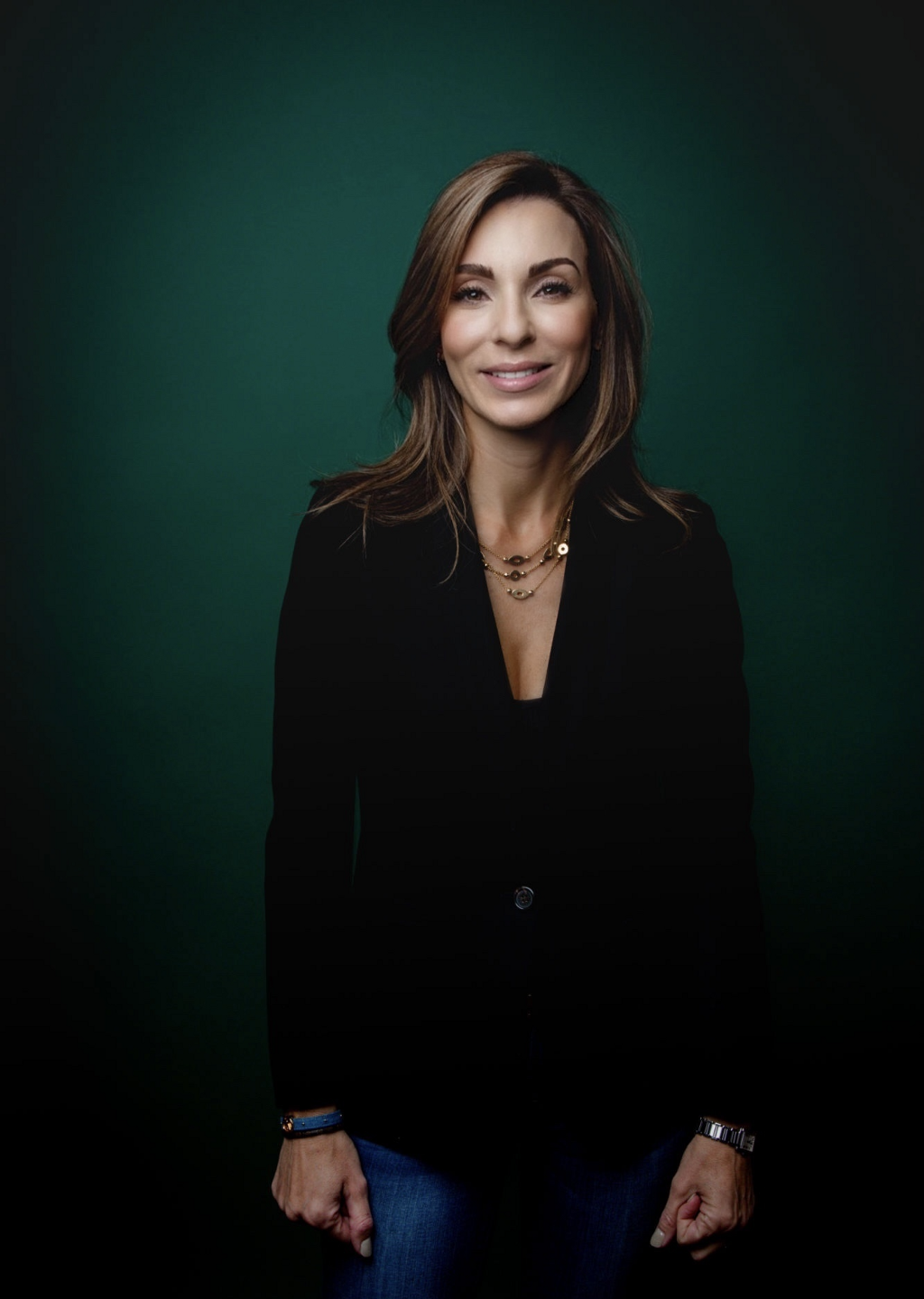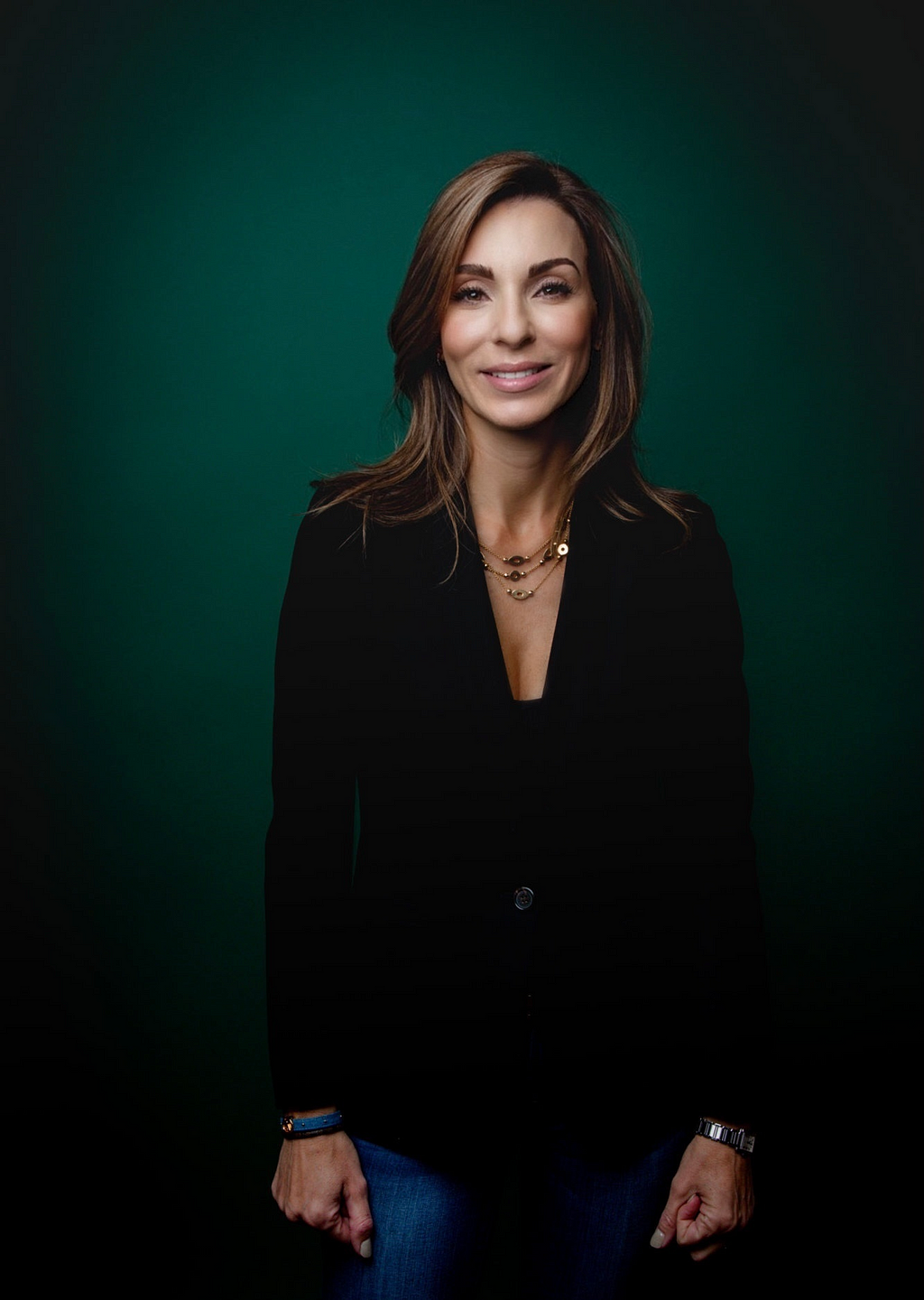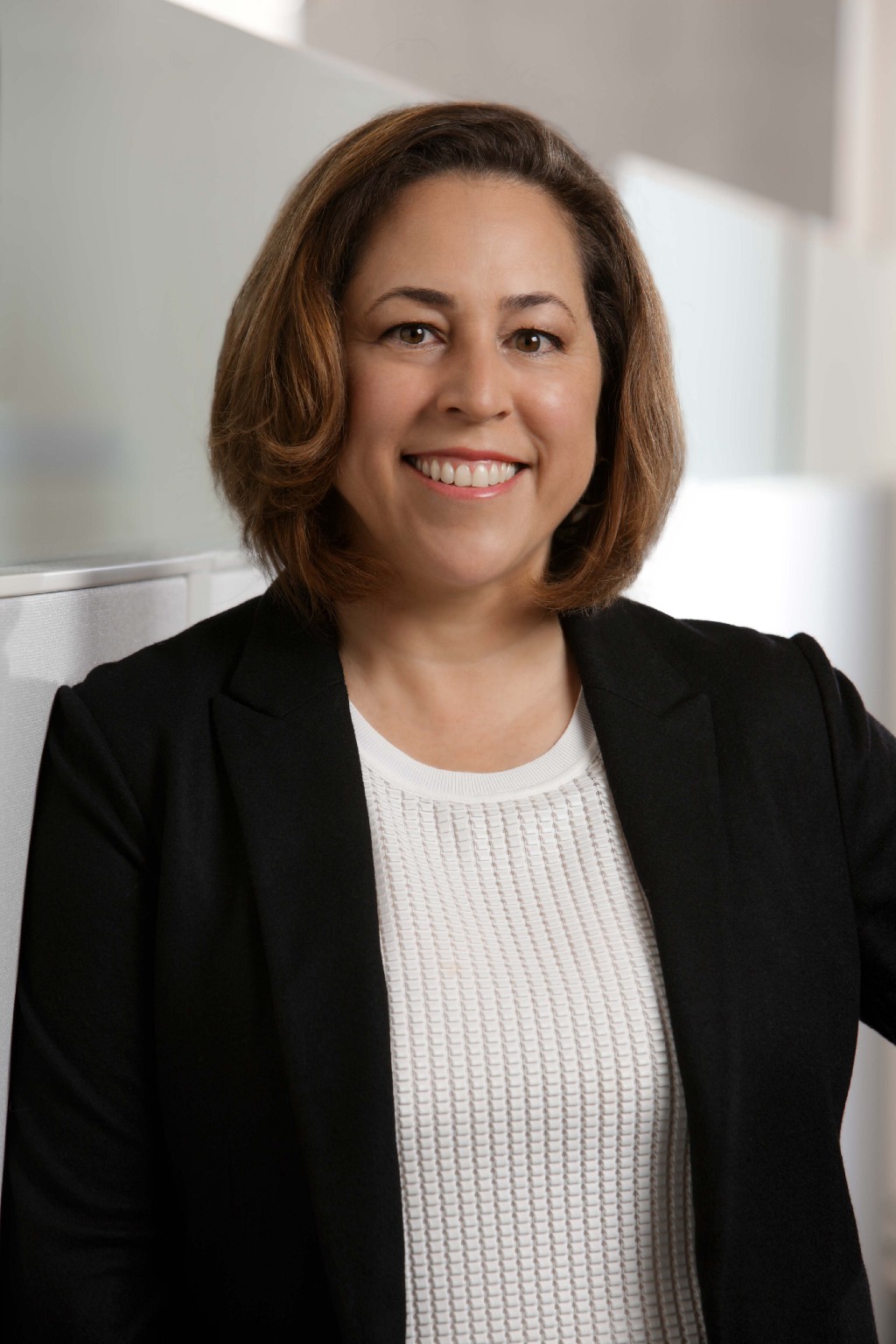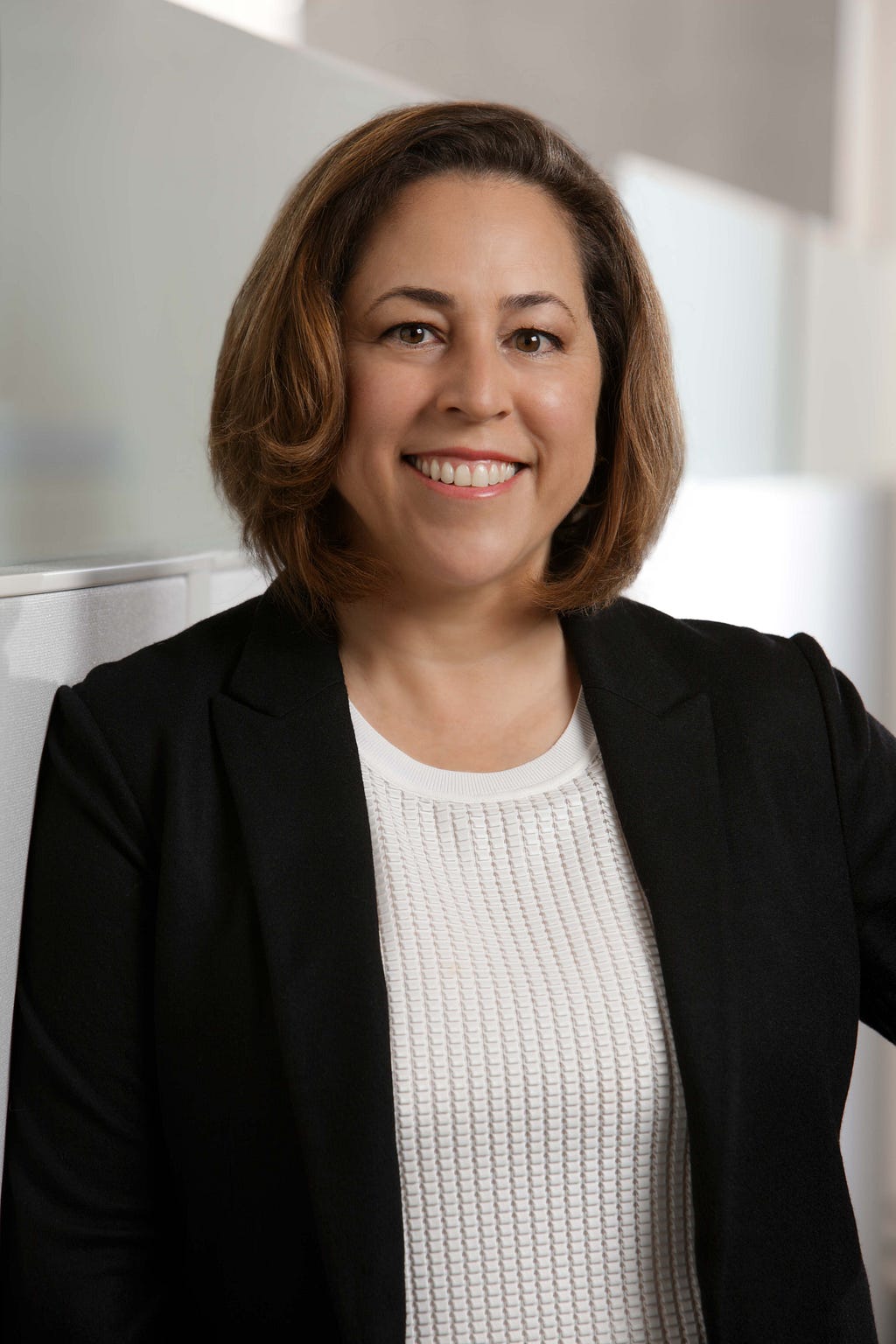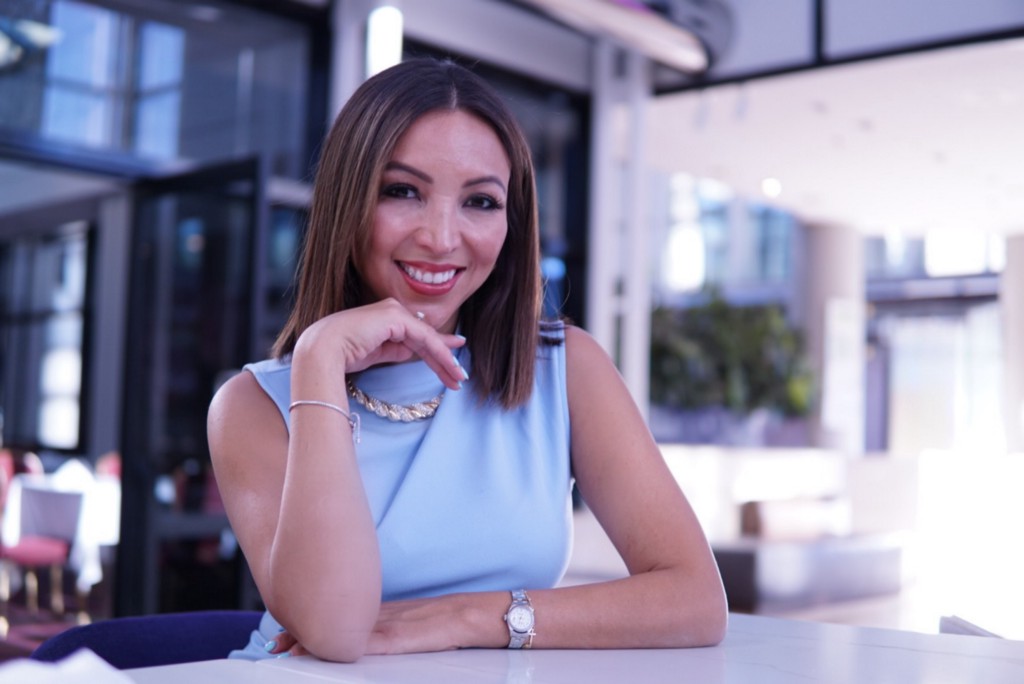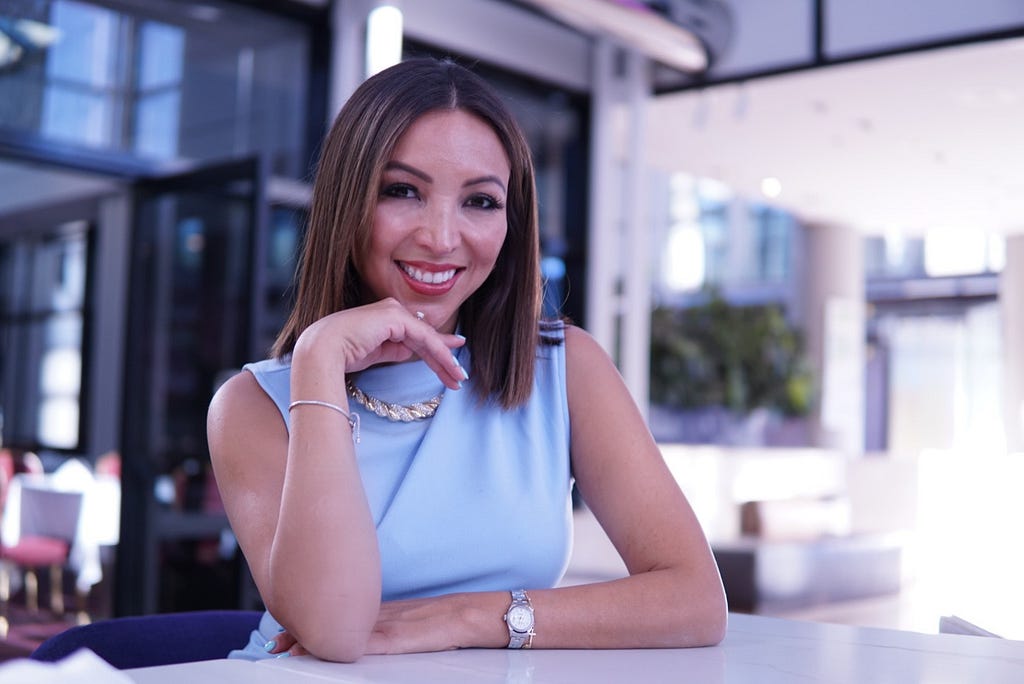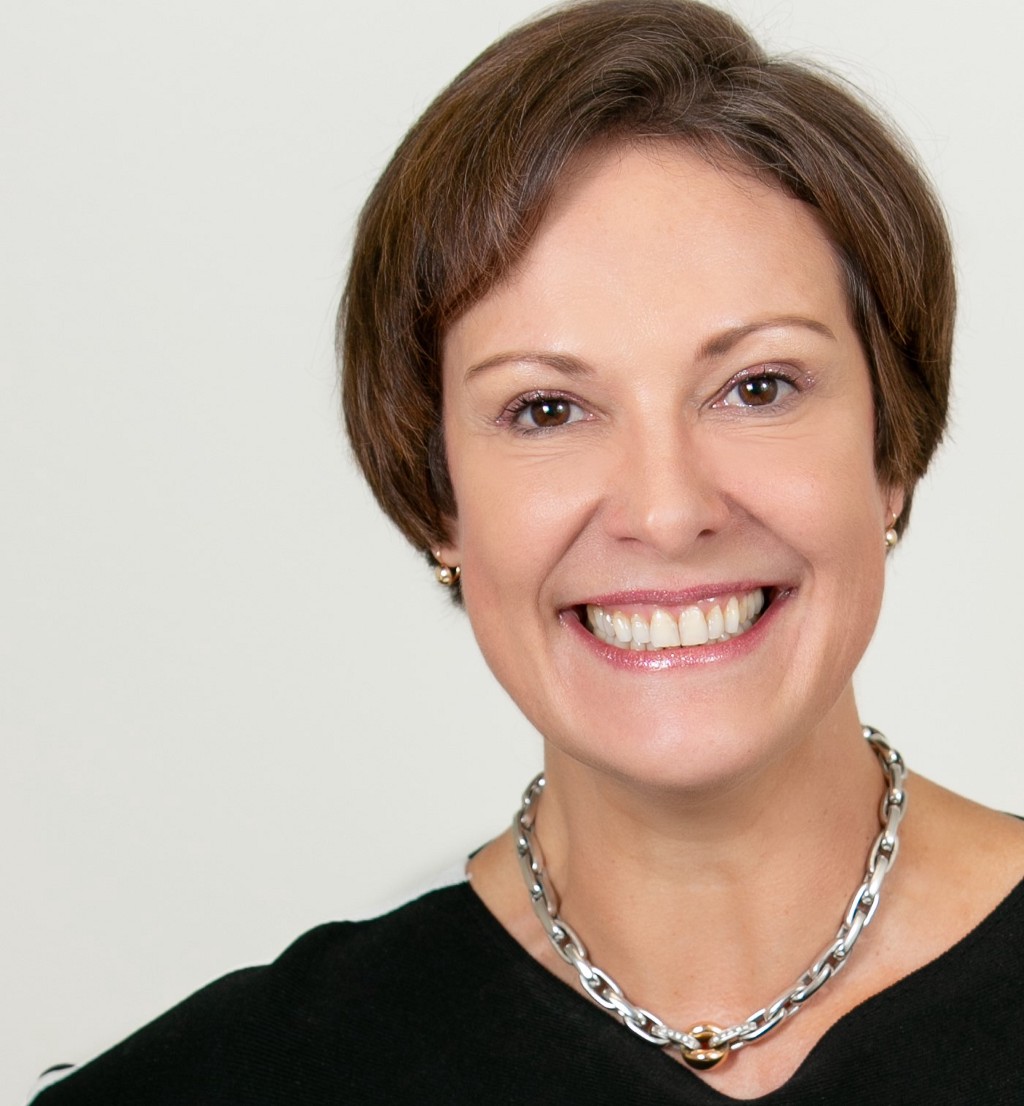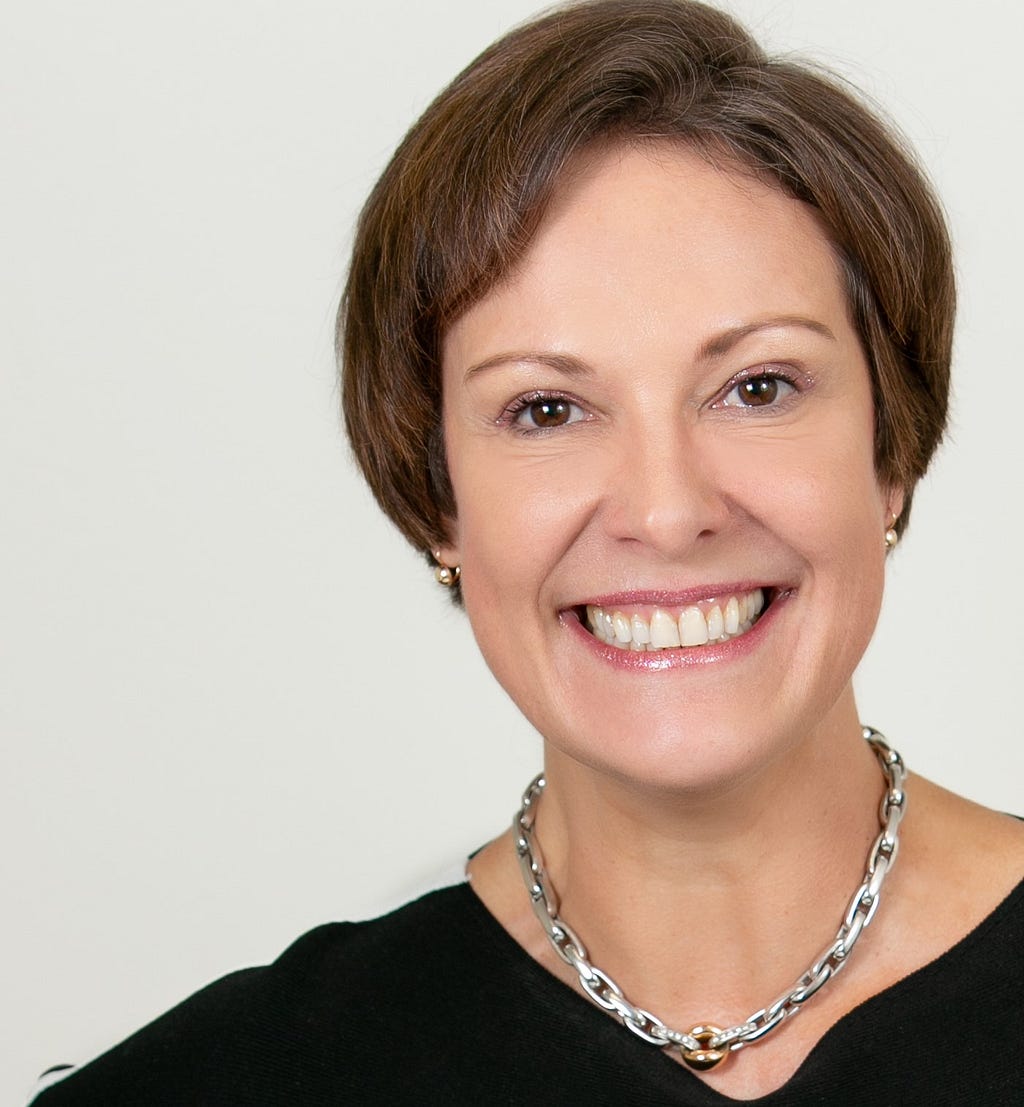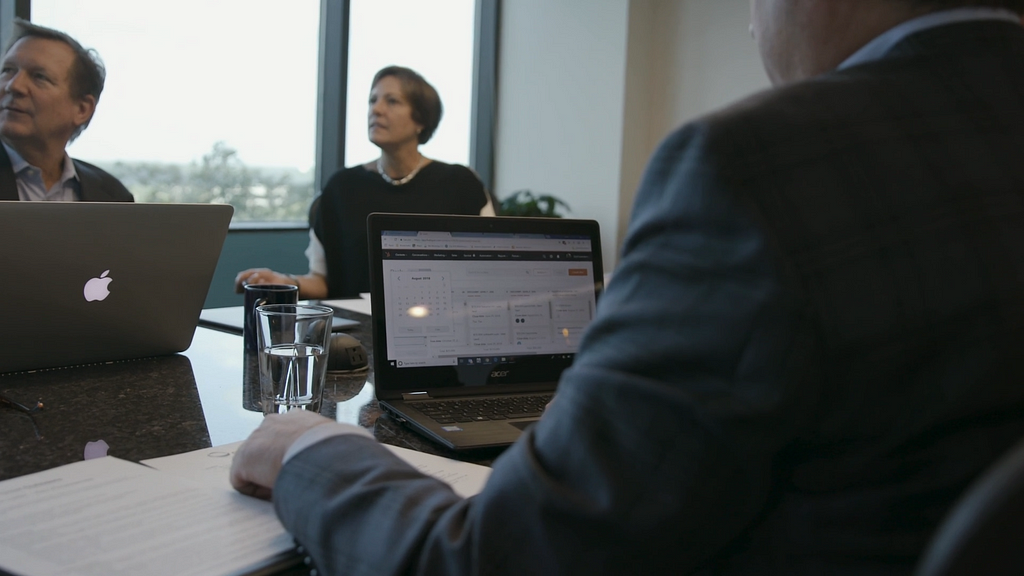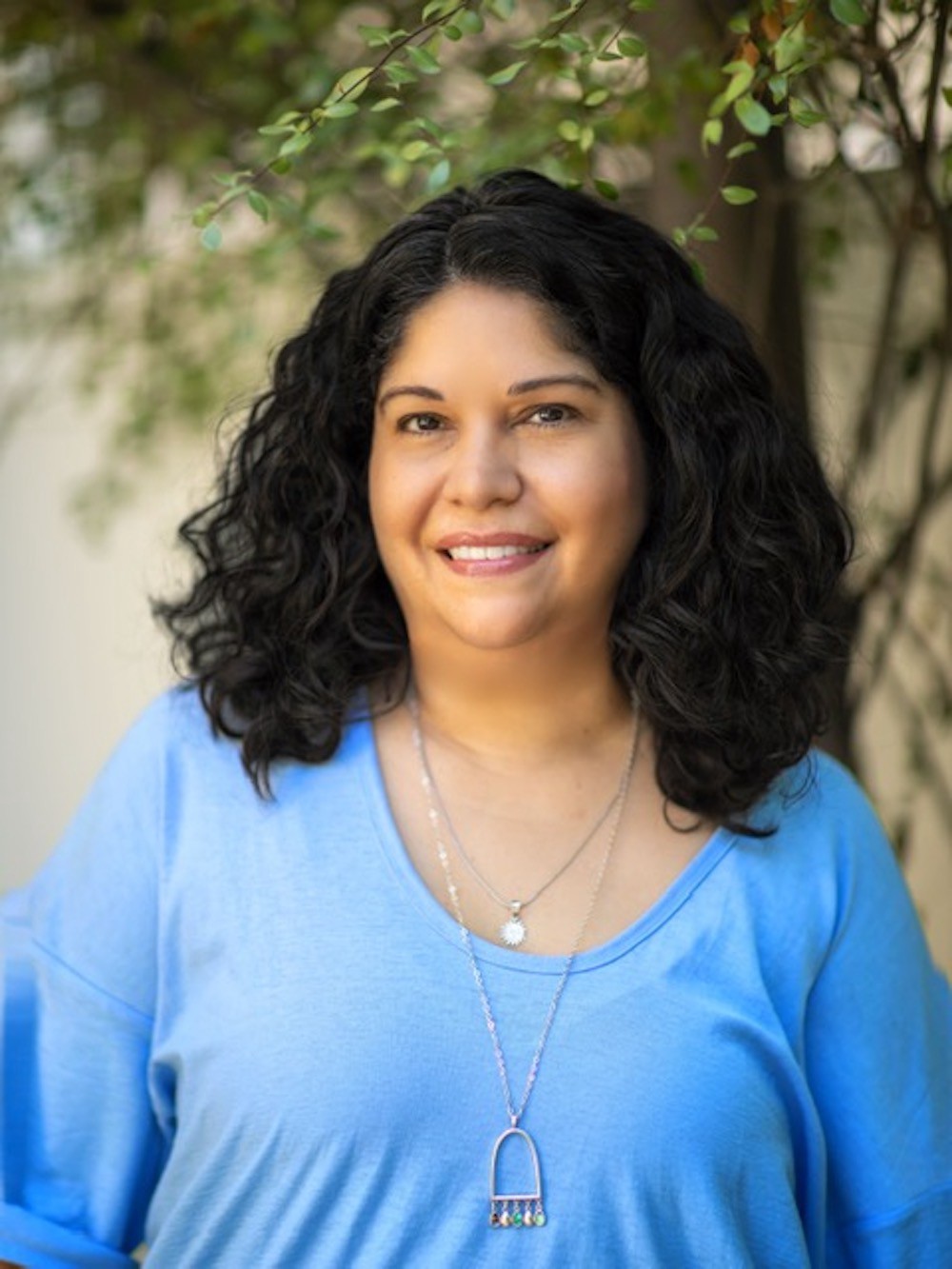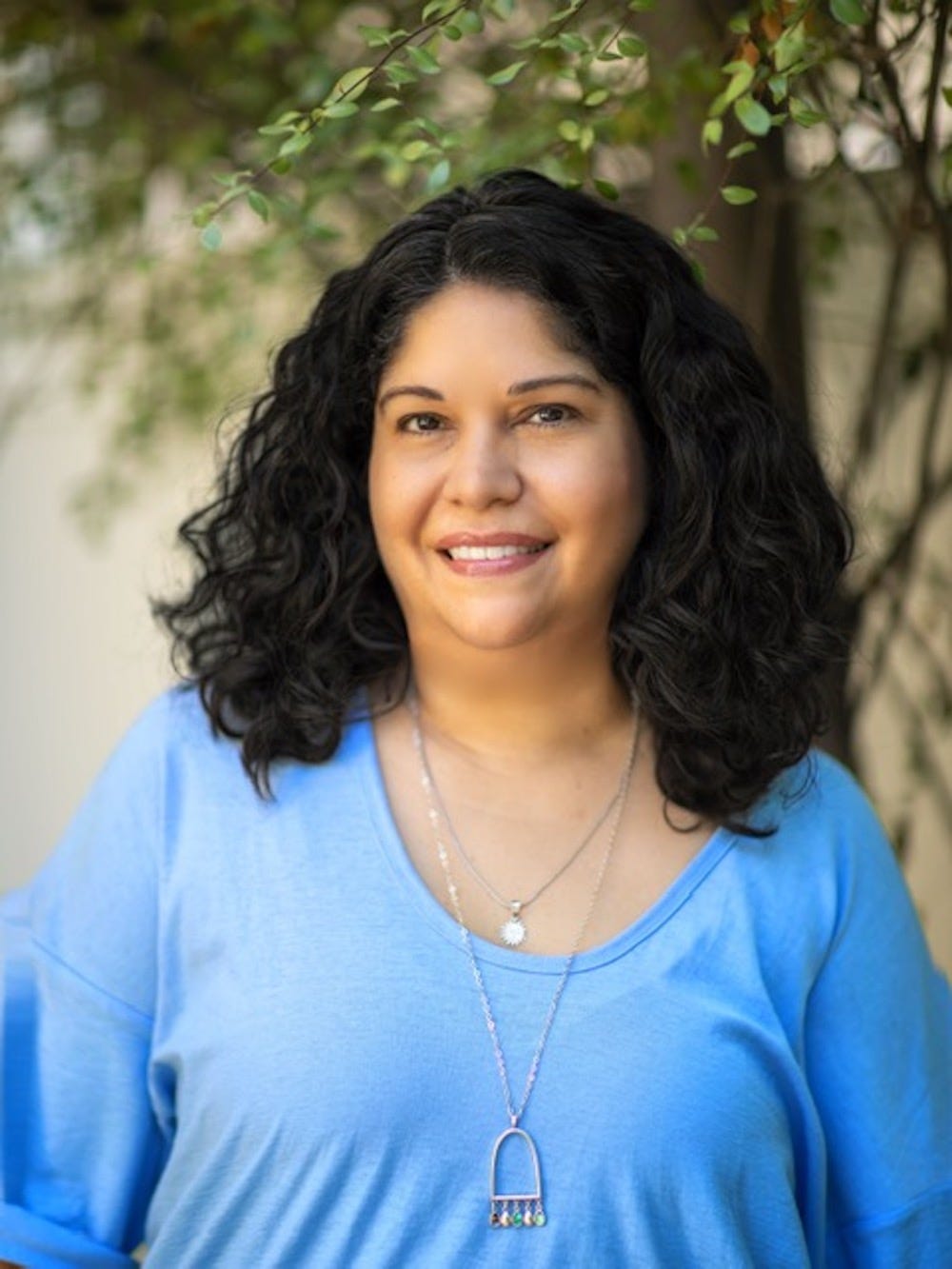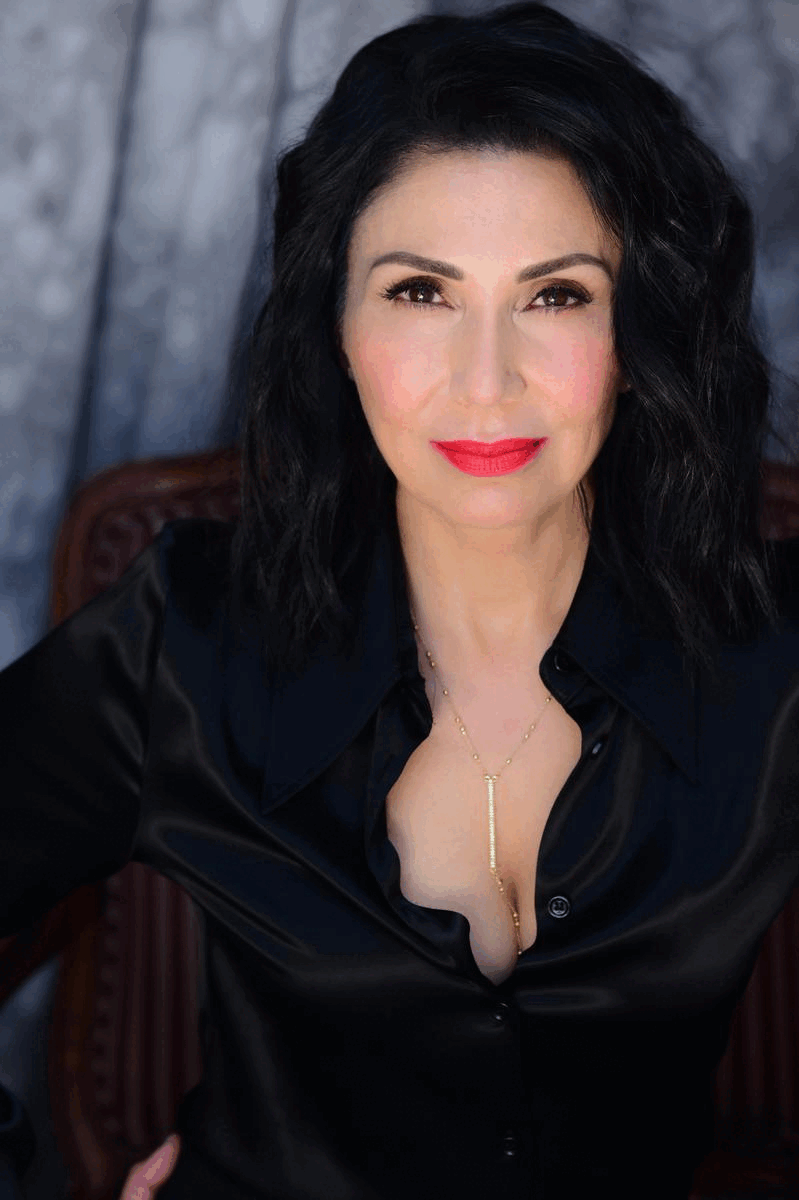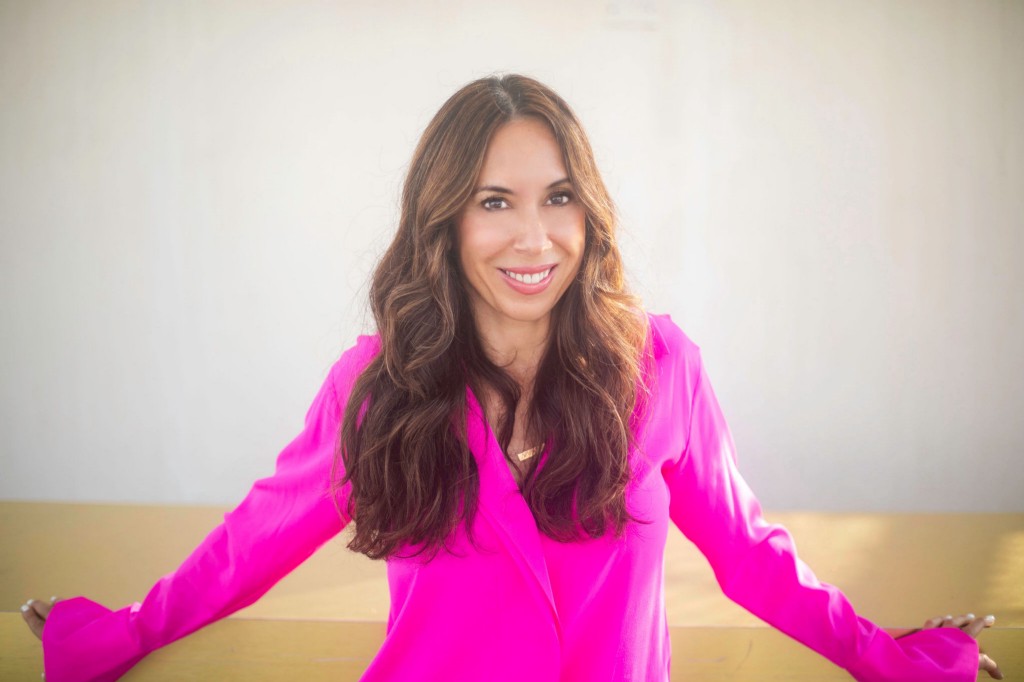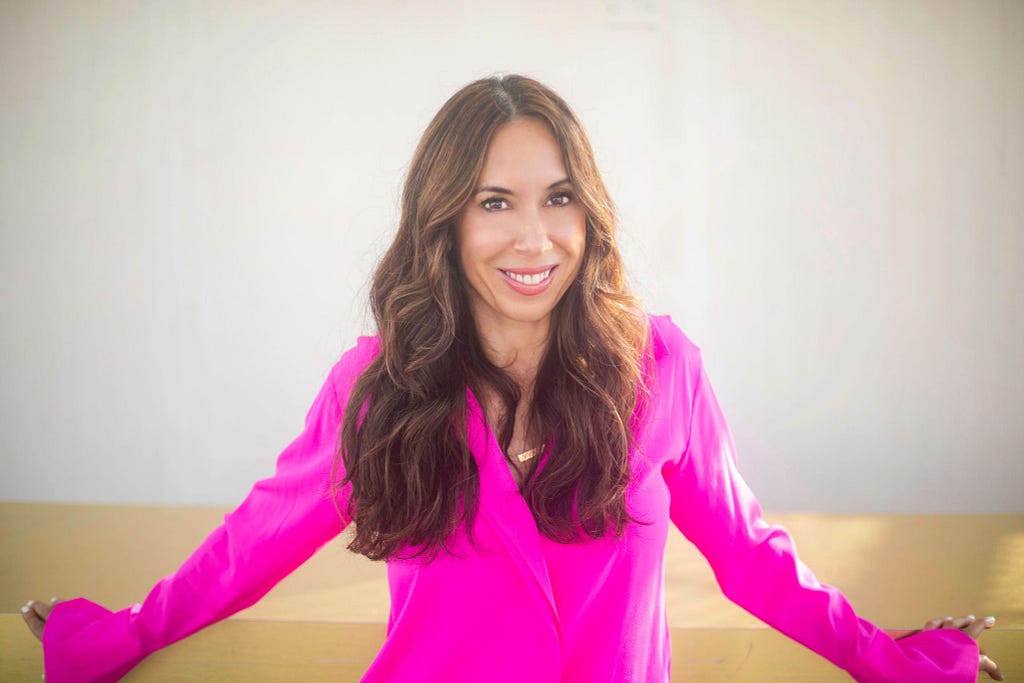Female Disruptors: Sherri Turpin of ZP Better Together On The Three Things You Need To Shake Up Your Industry
An Interview With Candice Georgiadice
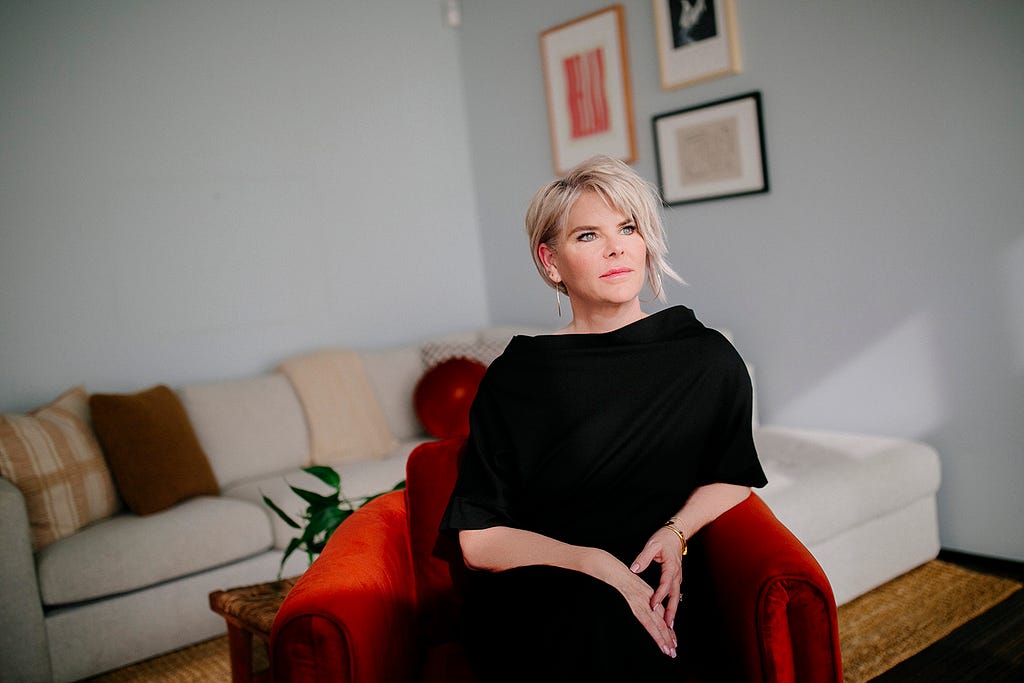
Really there are two words: People first. At the end of the day, most especially when it comes to disruptive change, all leaders must prioritize people, their team in particular, above all else. My grandmother embodied this and I have tried to instill that throughout my career journey. I am reminded every day how fortunate I am to have such a committed team alongside me at ZP, especially in our united fight to ensure communication equity for the deaf and hard of hearing community. As a leader you definitely have to keep your eye on the business goals and tasks at hand but without the support and buy-in of your team, without them knowing you first value them as people, none of it is really possible.
As a part of our series about women who are shaking things up in their industry,I had the pleasure of interviewing Sherri Turpin.
A bold purpose-driven leader, Sherri Turpin is CEO of ZP Better Together (ZP), a leading provider of innovative communications solutions, including video relay technology and interpretation services for deaf and hard of hearing individuals. Proficient in American Sign Language, Sherri is a member of Fortune’s CEO Initiative; a signatory to CEO Action, the largest CEO-driven business commitment to advance workplace diversity and inclusion; and was named a 2022 Best CEO honoree by the Austin Business Journal. With Sherri as CEO, ZP has been named a “Best Place to Work for Disability Inclusion” the past three consecutive years; has established innovative technology partnerships with top brands like Apple and Meta; and continues to boldly lead the “Total Access” advocacy campaign, pushing federal policy and congressional leaders, the public, and business community to step up and join her in the fight to ensure full and equal communications access for the deaf and hard of hearing community.
Thank you so much for doing this with us! Before we dig in, our readers would like to get to know you a bit more. Can you tell us a bit about your “backstory”? What led you to this particular career path?
I grew up in a small town in Texas. To say my career journey has been the farthest thing from a straight line is a huge understatement. But in so many ways, my non-linear path is the very thing that has made me a far better, more empathetic leader. And, I would not change a single twist or turn. Technology has always been a constant in my career from my days at Earthlink to my work with private investment firm Kinderhook Industries. However, if you told me in my 20s or 30s that I would be leading major DEI and social impact initiatives and critical advocacy work, fighting every day for equal communications access for the deaf and hard of hearing community, I am pretty certain I would not have believed you. Now, though, looking back on all of this, I firmly believe a lot of this was my leadership destiny. With ZP and the deaf community I absolutely believe that I have found a true home not only to continually test and challenge my own leadership, but to have the opportunity to create a better, more inclusive world.
Can you tell our readers what it is about the work you’re doing that’s disruptive?
This is a great question and there is no short answer. The work I am doing alongside the entire ZP team of employees and sign language interpreters, and many community leaders is disruptive on multiple levels.
First, more generally, the deaf and hard of hearing community is still overlooked and underrepresented in so many fundamental ways throughout our world. Our work to prioritize the deaf community, to put the deaf community front and center and on equal footing with the hearing community, especially when it comes to technological innovation and everyday communications, should in no way be considered disruptive simply because it’s unique or asking for equitable access. Our work should in no way be considered disruptive when it is simply advocating for long overdue modernization of the Telecommunications Relay Service (TRS) Video Relay System (VRS) program along with its structure, pricing and, importantly, how our nation and leaders think about and approach such a critical service. Unfortunately, today it still is. At its core, the work ZP is doing every day is essentially helping to disrupt decades and decades of societal biases and discrimination against deaf and hard of hearing people and their signed languages.
Most hearing people just do not have a good understanding of what deaf people face. I know I didn’t before I was named ZP’s CEO. The communications inequities for the deaf community, even on a fundamental everyday level, are beyond unacceptable in today’s golden age of technology. How is it possible today that a deaf person needs two phone numbers, one for texting and a second for video calls? How is it acceptable that E9–1–1 emergency services do not geo-locate a deaf person the same way they can hearing people? Why can’t a deaf person easily jump onto an impromptu Zoom meeting or job interview? To help educate the public, congressional and policy leaders, and the business community, we developed this What If video to literally place hearing people in the shoes of a deaf person and very directly convey the inequities.
We have been working diligently to address and change all of this. One of the most important initiatives I am leading with ZP and several prominent deaf leaders right now is our ongoing work with “Total Access,” a nationwide advocacy campaign. Simply put, this is some of the most disruptive and important work that I have ever done. What I am trying to do is essentially disrupt decades and decades of outdated telecommunications infrastructure, to help modernize a critical program, to democratize communication access for the deaf community, to change old thinking, to ensure that deaf and hard of hearing individuals have the same fundamental right to 21st century communications that the hearing community takes for granted every day.
Central to all of this is the Federal Communications Commission (FCC). For the past several years, I have been asking the FCC to step up and invest in the deaf community, specifically to deliver on the telecommunications “functional equivalency” that the Americans with Disabilities Act (ADA) promised more than 30 years ago. Currently, the FCC supports what is called the Video Relay Services (VRS), a critical communication service for the deaf community, by funding the providers of such services. Every few years, the FCC revisits and sets those provider rates; however, this past summer, the FCC issued a one-year extension on making any new rate decision. This was the third rate extension on a decision that was supposed to have been made in July 2021. As a result, VRS providers like ZP are operating on 2017 pricing, annual rising labor costs year over year and now one of the worst inflations in the past 40 years. Add to this the fact that over the past decade VRS rates have been cut by nearly 50%. This is hardly a recipe for a thriving marketplace where the consumer — in this case the deaf consumer — benefits from steady innovation, healthy industry competition and expanding consumer choice. Quite the opposite.
As a longtime technology executive, I know that the actual solution to fix this is not hard. In fact, I have made a “Community Investment” proposal to the FCC outlining how this can be done and without any substantial increase in FCC funding. We just need the FCC to step up, work with us, and invest in the deaf community. I do want to note that we are very pleased that the FCC Chairwoman Jessica Rosenworcel committed to making a decision on the VRS program rates by or before July 2023 and we remain hopeful it could be sooner. It is long past time to close the gross inequity gaps and deliver to the deaf community the true functional equivalency that the ADA promised decades ago.
All of this is what I am working every day to disrupt and, while it is no easy task, I am as committed as ever to do as much as I possibly can to change this. I am pushing the FCC. Why? The FCC has the power for the first time ever to fulfill the ADA’s promise to the deaf community. I have gone to Capitol Hill to address congressional and policy leaders who have the power to help change this. I have spoken about this at major conferences such as SXSW. Also, the hearing public can help change this by joining our Total Access campaign. I continue to speak out about this in national media outlets like The Authority so that I can educate as many people as possible about the gross inequities that still exist, the old thinking and approaches that must change, and the program modernization that is so needed. It is 2022, not 1922. It is so long past time for change.
Can you share a story about the funniest mistake you made when you were first starting? Can you tell us what lesson you learned from that?
I will share one that I have shared before — it’s quite good. Soon after I was named CEO of ZP, I knew how important it would be for me — a hearing person — to learn American Sign Language. I committed to doing so, worked with a certified ASL instructor and, while I am not yet fully fluent in ASL, I have made very good progress through the years and am now proficient. But, at one of my very first employee meetings at ZP, I unknowingly ended up using the wrong sign for a word — not just any wrong sign — let’s just say a very colorful, not-so-G-rated sign. While those employees were so forgiving of my error, they have certainly never let me forget the faux pas. And I too will never forget that. While we all still get a few laughs out of this story it reinforced for me how important learning and respecting ASL and deaf culture would be to my leadership and that it was something that was going to take a substantial and long-term commitment on my part to do it right. I have never taken that for granted.
We all need a little help along the journey. Who have been some of your mentors? Can you share a story about how they made an impact?
My grandmother, her kindness and her values have always been a constant guiding force for me. She was one of the most loving, giving people I have ever known, always putting people first. As a young girl and young woman, I always knew that whatever I did I wanted to try and emulate my grandmother. I knew that if I did that I would always be a better leader.
Also, Chris Michalik, founder of Kinderhook Industries, a leading New York-based private investment firm, has been a significant mentor for me and a second critical guiding force in my career and leadership. Almost two decades ago we met and we had a great immediate connection. Chris essentially opened the doors for me to the private investment industry. This was an industry I had never really planned on entering but Chris believed in me and advocated for my leadership. Some of my greatest leadership learnings have come from my time in private investment and working alongside Chris and his team. It was private investment that led me to ZP which is without question the most rewarding leadership challenge of my career. ZP is where I have grown the most as a social impact leader and I have Chris largely to thank for that. Chris and I are so closely aligned and exactly where it matters most. He shares my tenacity, my never-give-up approach and ZP’s steadfast commitment to the deaf community and our ongoing fight for what’s right. Without Chris, navigating this part of my leadership journey — the most difficult and challenging of my career — would have been nearly impossible.

In today’s parlance, being disruptive is usually a positive adjective. But is disrupting always good? When do we say the converse, that a system or structure has ‘withstood the test of time’? Can you articulate to our readers when disrupting an industry is positive, and when disrupting an industry is ‘not so positive’? Can you share some examples of what you mean?
Anyone who knows me knows that I like to move very very fast and that the words “no” and “can’t” are completely missing from my vocabulary. I am just not a huge believer in the old adage that says not to fix something if it isn’t broken. I think that brings a status quo mindset and culture which can be detrimental to your organization. I believe that you really cannot have good leadership without continual disruption. I am always looking at how and why we are doing what we are doing and always trying to find ways we can do better, ways we can provide more innovative products and improved services for our customers. It’s continual improvement for me. Never static, never status quo. I just don’t know how you can be a great leader in today’s world without a steady commitment to disruption. It’s very rare that I ever view disruption as bad. Disruption is really a means to a very good end. I know that when I am disrupting, when ZP is disrupting we are innovating, we are leading and ultimately, we are delivering game-changing products and services to our customers.
I will say that if your team does not understand the why of your disruption — if they do not understand the end reason as to why you are disrupting — then this is where your leadership will be challenged and your disruption can very easily be perceived as bad. Disruptive leaders must ensure that their employees, their customers and their partners have the vision behind the disruptive change you are seeking. If they only see the disruption and not the bigger vision that is driving it, your leadership will fall far short.
The best example I can give you of positive disruption is the work I am doing now to push the FCC to change decades-old thinking and outdated infrastructure in our VRS industry that simply is not delivering equal telecommunications access or the best 21st century technologies to deaf and hard of hearing individuals. If I am successful in this work and the FCC implements the solution that I have proposed, I firmly believe that for the first time ever, the promise of true functional equivalency in telecommunications for the deaf community will have been achieved
Can you share 3 of the best words of advice you’ve gotten along your journey? Please give a story or example for each.
Really there are two words: People first. At the end of the day, most especially when it comes to disruptive change, all leaders must prioritize people, their team in particular, above all else. My grandmother embodied this and I have tried to instill that throughout my career journey. I am reminded every day how fortunate I am to have such a committed team alongside me at ZP, especially in our united fight to ensure communication equity for the deaf and hard of hearing community. As a leader you definitely have to keep your eye on the business goals and tasks at hand but without the support and buy-in of your team, without them knowing you first value them as people, none of it is really possible.
A few years ago, as part of crisis and contingency planning we were doing, ZP devised and launched a pilot program allowing sign language interpreters to work from home. This was quite game-changing as it really had not been done before. And, a bit ironically, we did this before the COVID-19 global pandemic. The reason I wanted to do this crisis and contingency planning was to ensure that we always put our customers first and that we also put our interpreters first in our service equation. I wanted to ensure that regardless of the crisis that ZP might face we had the best contingency plans possible firmly in place to ensure as best we possibly could that our services were uninterrupted for deaf and hard of hearing individuals and that our interpreters could also safely and efficiently do their jobs in servicing the deaf community. People first was central to all of this and the resulting innovation that ultimately came from it became invaluable during a global pandemic, far beyond our wildest imagination.
We are sure you aren’t done. How are you going to shake things up next?
If we are successful on our “Total Access” campaign and our fight to ensure communications equity for the deaf community — if we can get the FCC to step up — then the shaking up for good that we can do together is nearly endless. We can then very aggressively invest in R&D and bring new innovative technologies and services to market — we can then significantly increase the choices and options the deaf community has for their everyday communications — choices and options that have been closed to them for decades. Honestly, if we succeed with “Total Access,” a whole new world of 21st technology opens up for the deaf community, a world that goes far beyond the status quo. This is the world I know is possible. As I have said before, it is more than past time to modernize this program’s infrastructure for the deaf and hard of hearing community and fully ensure their fundamental human right to communications access. This is the world I won’t stop fighting for.
In your opinion, what are the biggest challenges faced by ‘women disruptors’ that aren’t typically faced by their male counterparts?
I still see a double standard applied today where women disruptors are generally judged very differently — far less positively — than our male counterparts. It is sad to say but we still fight the negative stereotypes associated with bold, strong and decisive female leadership. We are hardly rewarded for it, or worse, diminished, sidelined and passed over because of it. This is quite unfathomable to me and it is so past time for this to change.
It’s changing but I also believe that some women still consciously or subconsciously buy into this premise or just don’t want to try and fight it. While I do not blame them it does create somewhat of a domino effect that prevents too many strong brilliant women leaders from advancing in the workplace. I have been incredibly fortunate to have had great mentors who have not only supported but encouraged my bold leadership style. And, when I needed to lean into them they were right there for me. I do recognize, though, that not all women have this support structure and that we still have a long way to go for our workplaces and society as a whole to embrace versus punish female disruptors.
Do you have a book/podcast/talk that’s had a deep impact on your thinking? Can you share a story with us?
Many things and many people have influenced my thinking and my leadership over the years. There is a lot in Sheryl Sandberg’s book, Lean In, that resonates with me personally, most especially the parts about believing in yourself, finding your voice and speaking up. I know that her book does not resonate with everyone the same way and that gender equality in the workplace is not only up to us as women. It’s just not that simple and, without question, businesses themselves must commit to change. This is a big part of the reason that I have been a signatory to CEO Action, the largest CEO-driven business commitment to diversity and inclusion in the workplace.
You are a person of great influence. If you could inspire a movement that would bring the most amount of good to the most amount of people, what would that be? You never know what your idea can trigger. 🙂
Inspiring a movement is exactly what I am trying to do with our work with the “Total Access” campaign. I am trying to inspire others to join me in this fight. Deaf people need to know exactly what is on the table right now with the FCC. It impacts their fundamental right to full and equal access to communications. Hearing people need to know too. They need to be allies in this. We need more people, more business leaders too, to join us and to stand up and let the FCC know that they are on board. If we are successful together we really will change the world.
Can you please give us your favorite “Life Lesson Quote”? Can you share how that was relevant to you in your life?
There are two that really resonate with me right now, especially as I face one of my toughest leadership challenges in our work to modernize the nation’s TRS VRS program and services for the deaf and hard of hearing communities.
“I want to be in the arena. I want to be brave with my life. And when we make the choice to dare greatly, we sign up to get our asses kicked. We can choose courage or we can choose comfort, but we can’t have both. Not at the same time.” — Brene Brown
“A leader takes people where they want to go. A great leader takes people where they don’t necessarily want to go, but ought to be.” — Rosalyn Carter former First Lady of the United States
Both quotes reassure me, inspire me to stay on my path, to keep standing up for the right thing, no matter how tough it can be on any given day. Both quotes fuel my innate sense of tenacity. They remind me how damaging the status quo can be. They reinforce the “why” of our work to help provide true functional equivalency to the deaf community. I simply will not give up on this.
How can our readers follow you online?
LinkedIn is probably the best — https://www.linkedin.com/in/sherri-turpin-b969399
Twitter @turpin_sherri
And also through ZP — our website @ https://www.zvrs and on Instagram @zvrs
Photo Credit: Photos by Tate Tullier
This was very inspiring. Thank you so much for joining us!
Female Disruptors: Sherri Turpin of ZP Better Together On The Three Things You Need To Shake Up… was originally published in Authority Magazine on Medium, where people are continuing the conversation by highlighting and responding to this story.

